Colin and I arrive at Masaya Volcano National Park three days after the forest fire to find the ground still smoking hot. Roughly 3 sq km, almost 5% of the park, was lost during this forest fire, the largest in the history of the park. Charred black earth stretches out from the crater, interrupted only by the white ash piles of what were recently plants and trees.
Our courageous park guide leads us deeper into the burn. First we pass only scorched stumps, but soon we begin to see trees with healthy, green crowns. However, we soon lose hope for these trees' recovery, once our guide digs into the earth to reveal the burnt root systems. These trees are the standing dead. Without roots, these trees will soon wither and die. Their loss will be felt most directly by the park's many animals that depend on these trees for habitat and food. More subtly, the entire forest will be hurt by the absence of the key ecosystem services provided by these trees such as erosion prevention. Healthy roots are the glue that holds nutrients and seeds in the soil to nourish the next generation of plants. Without roots, all of the soil's nutrients and seeds will be washed away during the coming rainy season. The ecosystem will have to start from scratch, awaiting brave, pioneering seeds to float in and take hold.
The 17 park rangers and one hundred volunteers, fought tenaciously to limit the damage. They fought the fire entirely by hand with water containers on their backs and shovels in their hands. Our guide leads us down a wide track dug in a mere hours to hold back the flames. Days later, park guides are still taking 12 hour shifts walking the path to guard against new fires, flaming up from underground. Before we continue walking, our guide stoops to deepen a trench against this eventuality.
This ecosystem well deserves the valiant efforts of the park guards and volunteers. Born of volcanic rock, this unique tropical dry forest developed over centuries. The first arrivals on the lunar landscape were lichens, which slowly and surely decomposed the rock to create little pockets of soil where the first seeds could take hold. As plants grow and die, they enrich the soil and increase water retention. Eventually, trees can take hold, creating shade and habitat, which animals soon discover. In addition to being unique, Masaya national park cradles an abundance of life including white-face monkeys, iguanas, deer, birds,and bats. The park boast 40 species of mammals, 29 species of snakes, 200 species of butterflies, 93 species of birds (20 migratory), and 500 species of plants. In the lava tunnels near the crater, over 25,000 bats of five different species roost each day to pour forth as a surreal wind at sunset.
Some species will be hit harder by the fire than others. Three of the species most harmed by the fire are Chocoyos (beautiful green parakeets), iguanas, and armadillos. The park's chocoyos are well known for nesting in steep and sulphuric slopes of the active craters to avoid predators. During the day, they venture out of this wasteland to seek food in the verdant forest, where their striking green feathers provide the perfect camouflage. However as they fly over the burnt, black forest, they are easily spotted by predators. The iguanas will be heavily impacted because the fire struck during their reproductive season and their eggs will be easily visible to poachers and predators in the burn. Additionally, many of the yellow oleanders the iguanas prefer to eat were destroyed in the fire. The armadillos were most directly impacted during the fire itself, unable to flee the smoke quickly enough.
Despite many casualties of the fire, we still find many signs of life. Some trees have a white, milky sap that renders them resistant to the fire. Colin spots a lizard savoring his freshly caught breakfast on a burnt tree stump. Birds call from above. With the coming rains, this area will soon be covered in grass. No one knows how long it will take for this ecosystem to return to what it once was, but life will continue here.
Later during our visit, we hop in the back of a pick up to get a ride from some rangers up to the top of the ridge to better view the extent of the fire damage. The road cuts starkly between yellow grassland and incinerated earth. Along this path, rangers held the line preventing the fire from entering the rich and verdant Masaya coldera that has taken hundreds of years to develop into a cradle of life.
From the top of the ridge, we spot some smoke, not from a forest fire, but part of the nearby community in the park. Many people in the community are dependent on local wood for their cook fires. However, the wood in the park is protected from collection. Some community members frustrated with the prohibition and seeking a means to communicate their need for this basic necessity are believed to be behind some of the recent fires. Paulette and the Mariposa hope to identify the families most dependent on the wood and raise funds to buy them eco-cookers, which require less wood to burn. In the future she also hopes to employ local people in sustainable tourism projects around the park to mutually benefit the community and the natural treasures of the park.
We thank our guides and finish our tour beneath the cross above the Santiago Crater. The cross was originally placed there by the Spanish to prevent the devil from crossing out of what was believed to be a gate to hell. Looking at the cross now, I consider all of the impossible things humans have believed can be easily controlled such as volcanos and devils with a cross. On the flip side though there are such small actions we can take to prevent catastrophic damage. Providing eco-cookers and tourism training can help turn the tide in protecting this ecosystem and world heritage site for future generations. I wish Paulette buckets of success with this project and I will be sure to follow its progress in the future!
We arrive at the burn to find the ground still smoking hot.
Our guide digs into the earth to show us how the far spread under the earth.
We head deeper into the burn where some trees are still intact.
Close up of desiccated leaves.
Charred trees.
A nest in still green crowns.
The park guards and volunteers rapidly cleared this path to prevent the fire from spreading further.
Seeds in a scorched tree.
Seeds like the one above will be washed away during the coming rainy season.
Snake bones found in the burn.
Signs of life in the burn! A lizard enjoying breakfast.
This type of tree has some fire resistance thanks to its milky sap.
A shot of the area worst hit.
The grassy area above burned in a fire last year and gives us an idea of what we would expect to find in the burnt area next year.
The yellow oleander that iguanas prefer to eat.
Here the volunteers and park guards held the line and fought the fire back.
We stop at the top of the ridge for a better view and to take some notes.
Big picture view of the damage framed by one live and one dead tree.
Camouflage!
A ranger indicates smoke near a community.
Heading up to the cross.





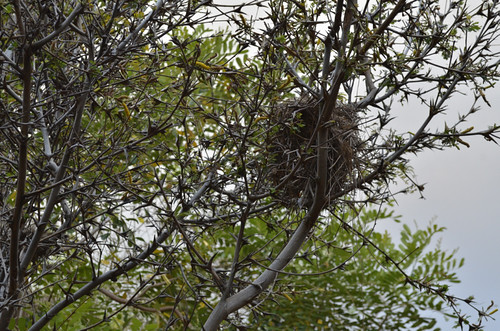
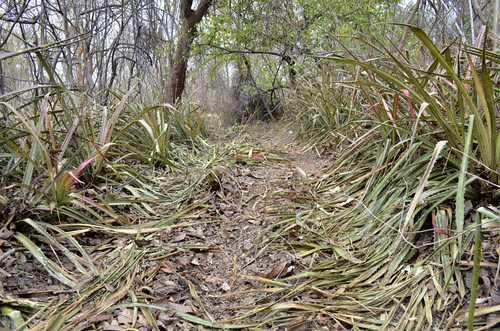
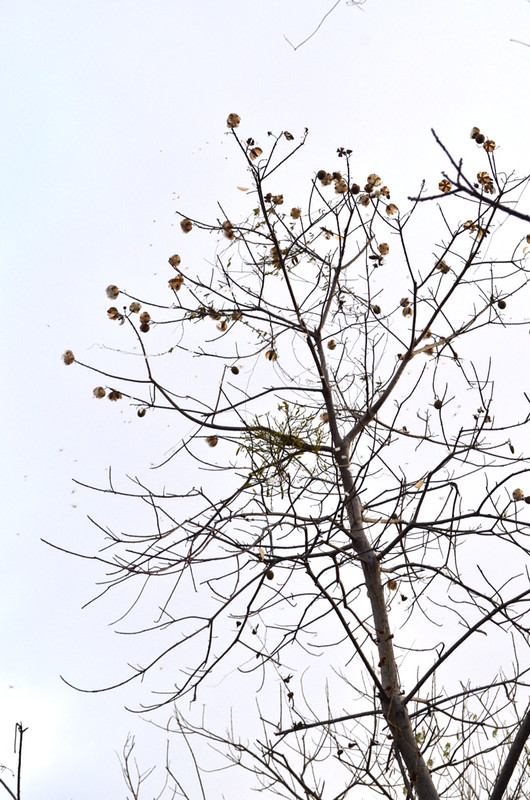
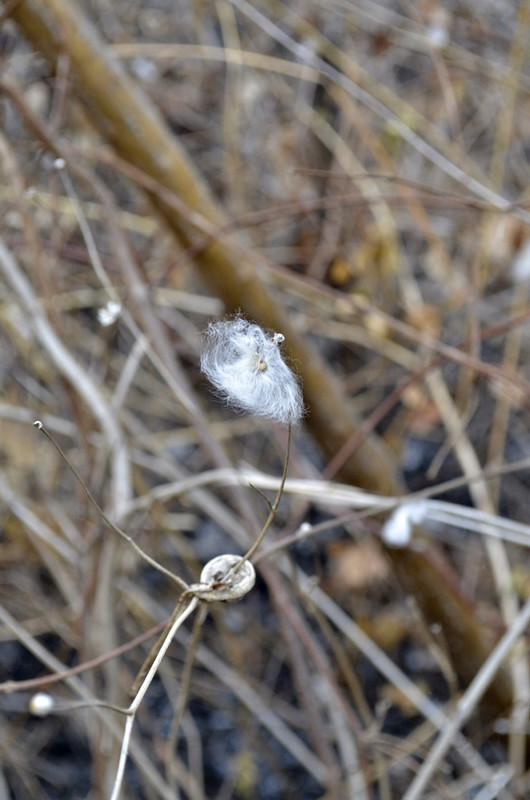
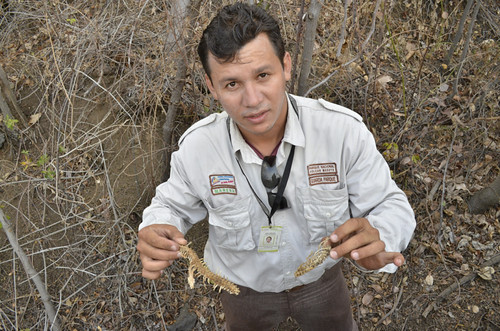
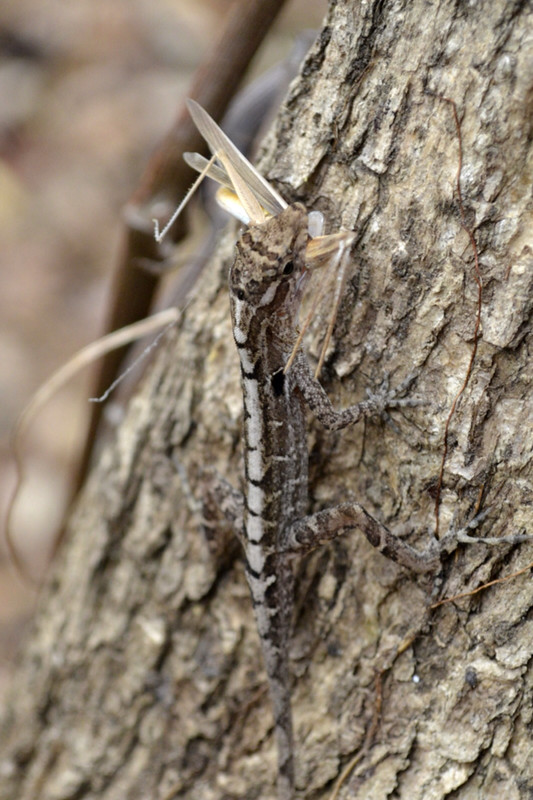
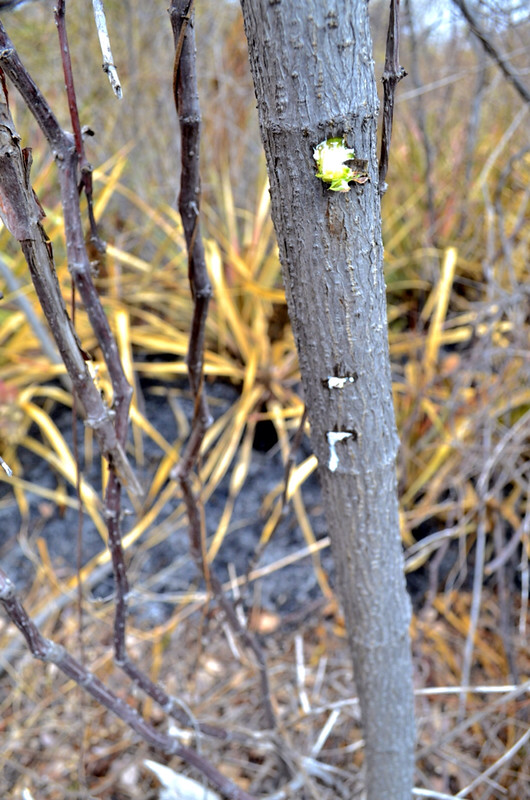
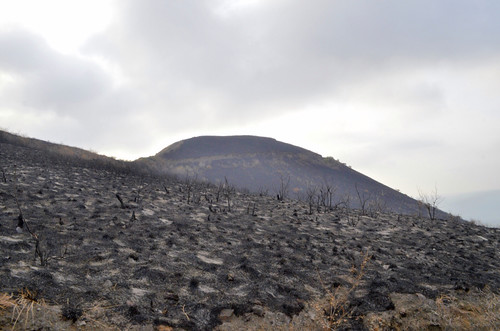
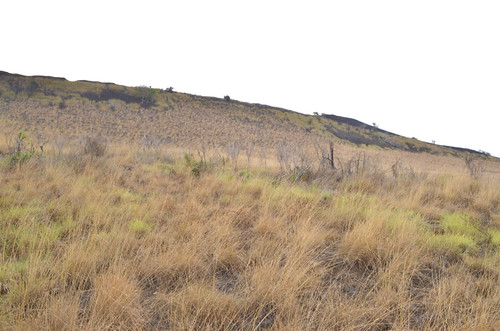
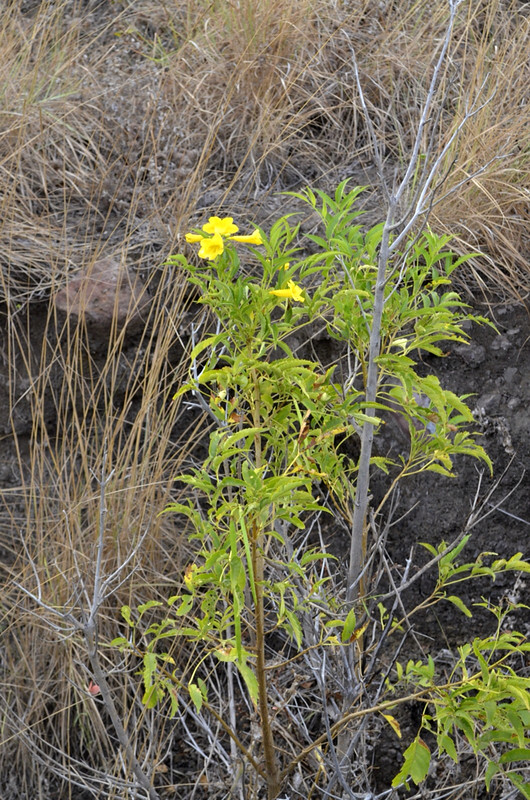
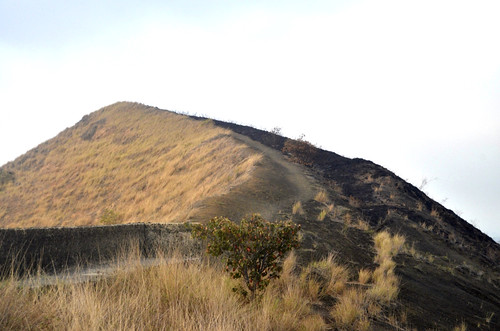
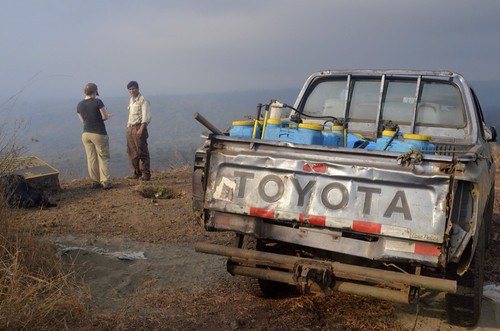



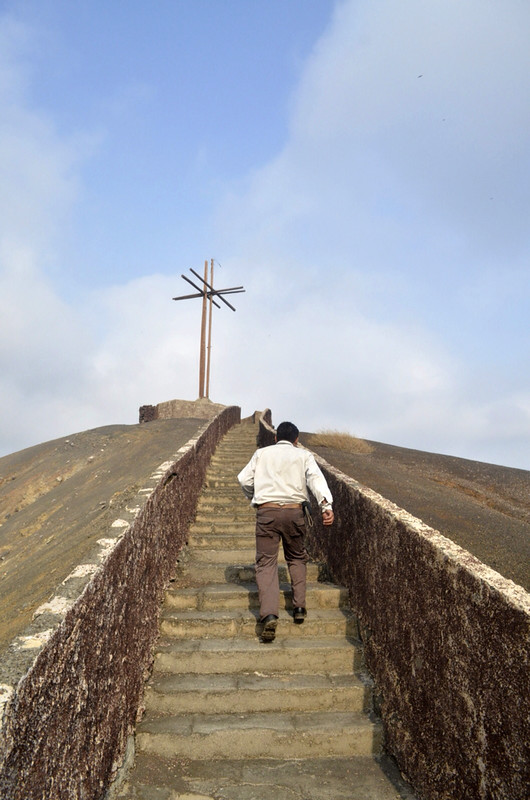
Reading this just made me cry.....our project tohelp prevent these fires HAS to work!! Thank you and Colin so much for your support and for writing this very sad but kind of beautiful blog....Paulette
ReplyDeleteThanks Paulette!! I hope it stirs others and inspires them to help. I have so much confidence in the project - it's such a win-win.
DeleteThank you Colin for the beautiful photos - great work!
ReplyDelete